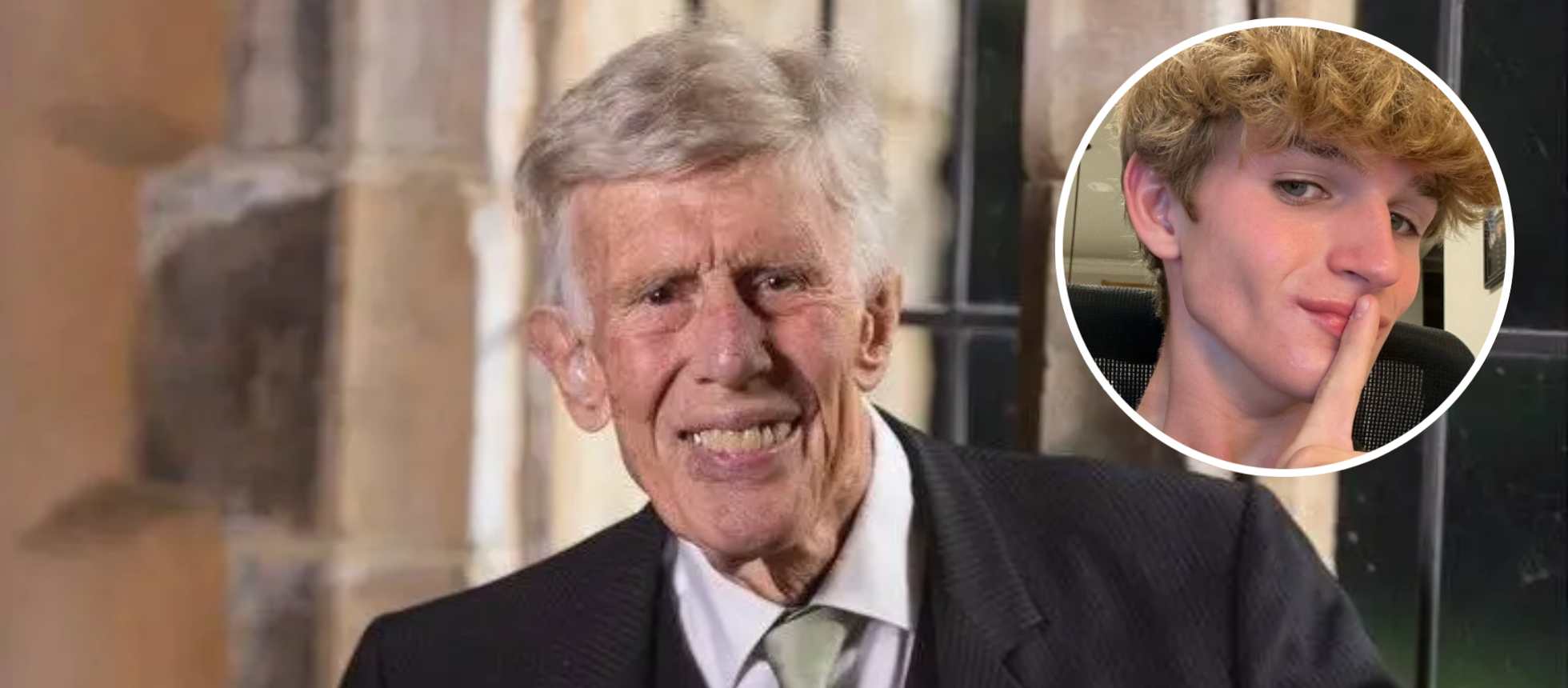The orthodontic world has lost one of its most controversial and influential figures with the passing of Professor John Mew at age 96. The British orthodontist’s unconventional theories sparked global debate and eventually birthed a viral social media phenomenon. He died peacefully in 2025 after decades of challenging established dental practices.
Mew’s journey began conventionally enough at University College London, where he trained in dentistry before specializing as a maxillofacial surgeon and later transitioning to orthodontics. However, his career took a turn when he began questioning the fundamental approaches of his profession. Rather than accepting the standard practice of mechanically straightening teeth, Mew became convinced that orthodontists were ignoring the underlying causes of facial development problems.
This philosophical shift led to the development of his signature technique Biobloc Orthotropics. It emphasized the importance of posture, breathing patterns, and early intervention in guiding natural facial growth in children. His approach represented a radical departure from conventional orthodontics, focusing on the whole person rather than just dental alignment.
The orthodontic establishment did not welcome Mew’s revolutionary ideas with open arms. His theories faced widespread criticism from colleagues, and the controversy eventually cost him his professional license. Yet rather than retreating, Mew doubled down on his convictions, continuing to teach, publish, and build a dedicated following of practitioners and patients who believed in his methods.
What truly catapulted Mew’s ideas into the global consciousness was the viral phenomenon known as “mewing.” This technique, which involves maintaining proper tongue posture against the roof of the mouth, exploded across social media platforms and accumulated over 30 billion views on TikTok alone. The practice sparked intense debate about its effectiveness and scientific validity, with supporters claiming transformative results and critics questioning the lack of rigorous clinical evidence.
According to Orthotropics.com, which confirmed his death, Mew was remembered as “a visionary and tireless advocate for better health.” His influence extended far beyond the dental chair, inspiring a broader movement of individuals questioning standard medical practices and seeking alternative approaches to health and wellness.
Mew’s life was as multifaceted as his professional interests. His adventures included serving as a WWII dispatch rider, testing Formula 1 racing cars, competing in downhill skiing, sailing in the America’s Cup, and pursuing anthropological studies. He even found time to build a castle and author several works.
The legacy continues through his son, Dr. Mike Mew, who has taken up the mantle of promoting orthotropic principles and defending his father’s work against ongoing criticism from mainstream orthodontics. The younger Mew has become a prominent figure in his own right, using modern communication platforms to spread awareness about facial development and breathing techniques.
While the scientific community remains divided on the validity of Mew’s theories, his impact on popular culture and alternative health movements is undeniable. Whether viewed as a visionary pioneer or a controversial outsider, his influence on orthodontics and popular health culture will likely persist for generations to come.


